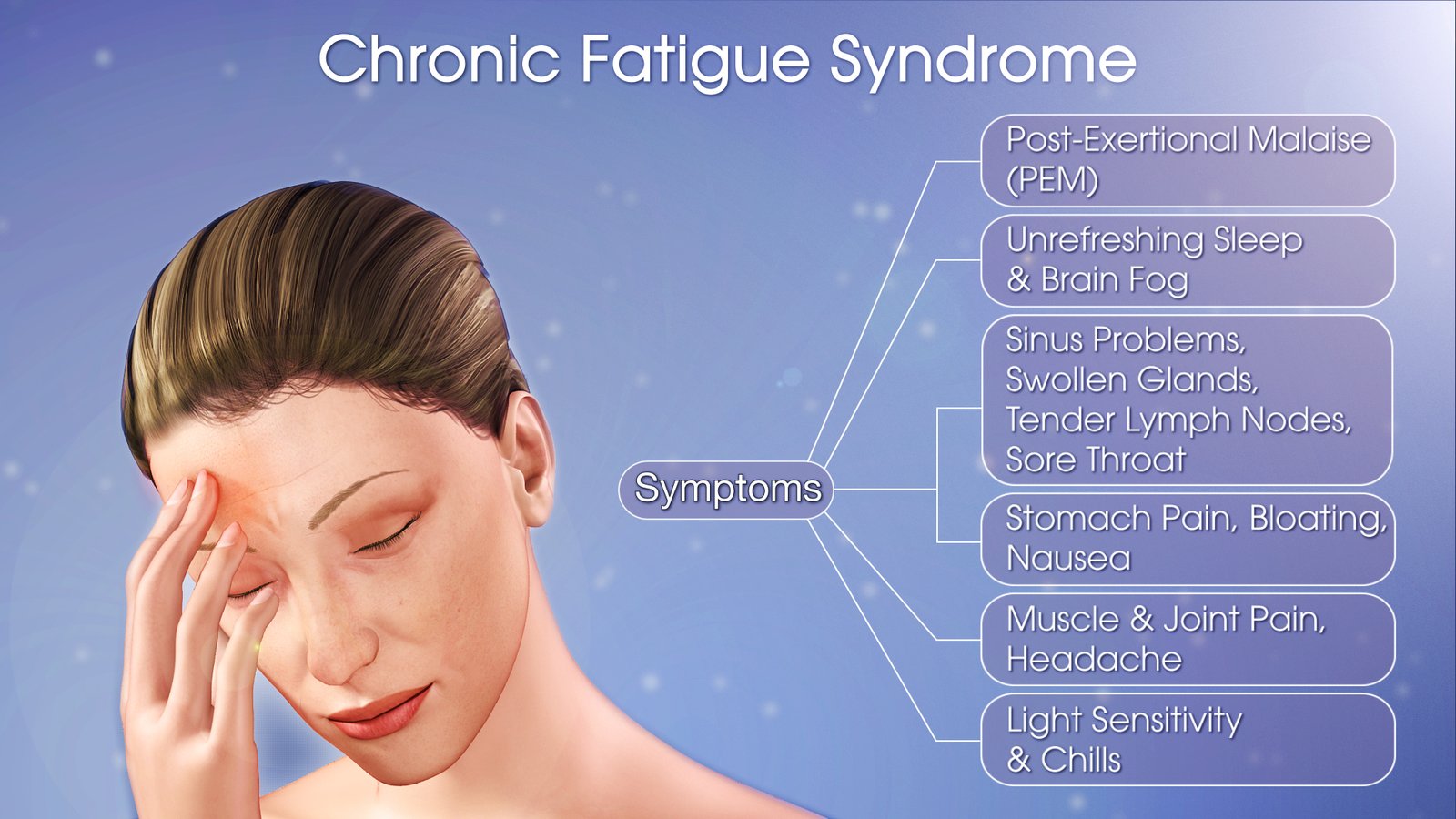Top 5 Kitchen Life Hacks Every Home Cook Should Know
Whether you’re a seasoned chef or just learning your way around the stove, the kitchen can be full of hidden time-wasters, messes, and daily frustrations. That’s where kitchen life hacks come in simple, clever tricks that make cooking easier, faster, and more enjoyable. In this article, we reveal the Top 5 kitchen life hacks every … Read more










